Water & Microfinance: A Source of Potential
Our latest guest post arrives courtesy of two like-minded lawyers from across the pond, Anthony Murphy and Michael Vanaselja. Anthony is the founder and managing director of Prime Advocates, a UK-based firm that aims to apply their collective strategic, legal and business acumen toward advancing social impact businesses and impact investment transactions. Anthony brings over a decade of experience as legal counsel to large financial institutions operating in Europe, the Middle East, and Africa to their practice, while Michael is the Principal Research Associate at Prime Advocates.
Water and sanitation services (“WSS”) are essential to the health and prosperity of people and communities across the globe. WSS span a broad spectrum of water services and core infrastructural supplies that range from basic access to drinking water to wastewater disposal and personal hygiene practices. These services not only impact upon human health, but also affect agriculture, industry and the ecosystem.
Despite the importance of water in human life, there remains a huge portion of the global population that is still without access to WSS. As of 2010, over 780 million people are still without access to improved sources of drinking water and over 2.5 billion lack access to improved sanitation.¹ Immense investment is needed in this area to combat this water crisis, far more than is currently provided by aid or charity. Given the growing need for WSS and the substantial number of potential borrowers, there is great opportunity for microfinance to help fill this financial void by providing access to finance for households, communities and small-scale water providers. The demand for microfinance for use in connection with WSS is estimated to be US$ 12 billion in loans, with over 125 million borrowers.² In particular, the demand for sanitation accounts for 72% of the total demand and access to water consists of the remaining 28%.³
For microfinance institutions (“MFIs”), the impact and success of microfinance for WSS is greatest in countries with a low ratio of WSS loans to gross microfinance lending within a relatively well-developed financial sector. In countries such as Sri Lanka, Cambodia, Vietnam, Indonesia, South Africa, Kenya and Cameroon significant scaling up possibilities exists and the opportunity for microfinance lending is most prominent.⁴ However, realizing this opportunity has been challenging and while there have been many pilot programmes, few MFIs have achieved scale in this sector. As a result, microfinance funding for WSS is either underinvested or largely unavailable, and this important source of capital is vastly underutilized for the benefit of impoverished people living at the base of the global economic pyramid.
The difficulties in employing microfinance as a source of funding for WSS are both real and perceived. The sector is faced with a multitude of legal, political and regulatory problems that have prevented MFIs operating in this field from achieving scale. In addition, the combination of water and micro-finance is perceived as either “difficult” or “sufficiently unattractive,” which has further inhibited investment in this area. This due, in part, to the complexities associated with implementing WSS projects, such as water rights and land access issues, licensing and monetising matters, as well as the broader legal, regulatory and political risks. It is apparent that water and WSS are not well understood as an area of growth and development from an investor’s standpoint. To defy this perception and entice investment, the operational, legal and regulatory impediments will need to be overcome. These challenges, as well as potential ways of resolving them, will be explored in our next article – “Issues with Water and Money.”
¹ 2012 Millennium Development Goal Progress Report by the WHO and United Nations Educational, Scientific, and Cultural Organization (UNESCO)’s Joint Monitoring Programme.
² Meera Mehta, “Assessing Microfinance for Water and Sanitation”, 2008, pg 15.
³ Meera Mehta, “Assessing Microfinance for Water and Sanitation”, 2008, pg 15.
⁴ Meera Mehta, “Assessing Microfinance for Water and Sanitation”, 2008, pg 21.





